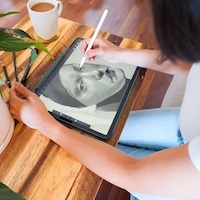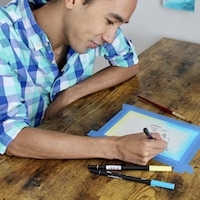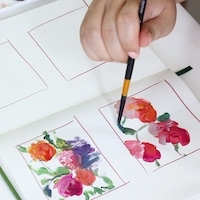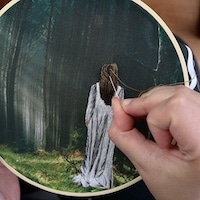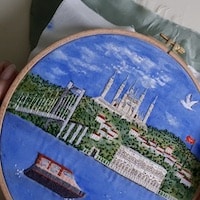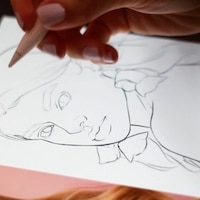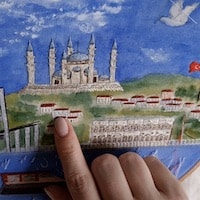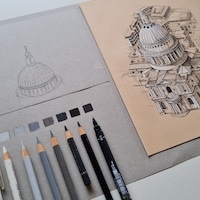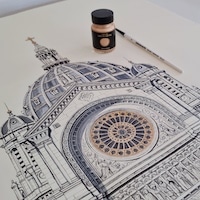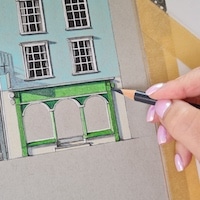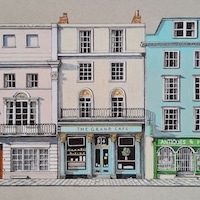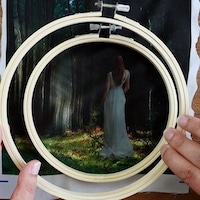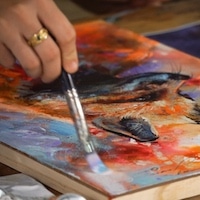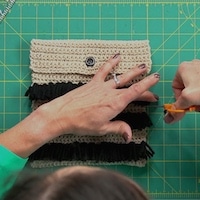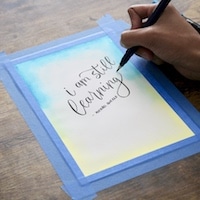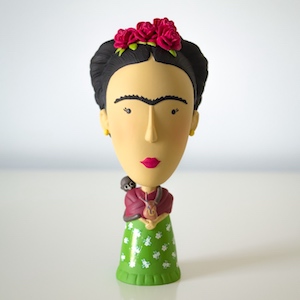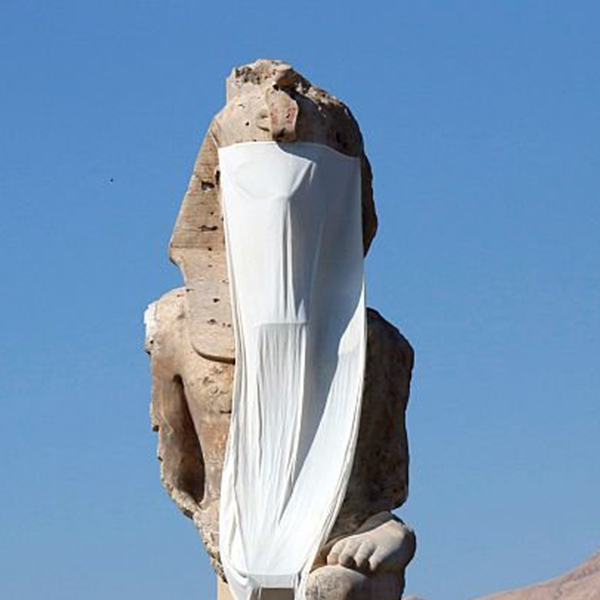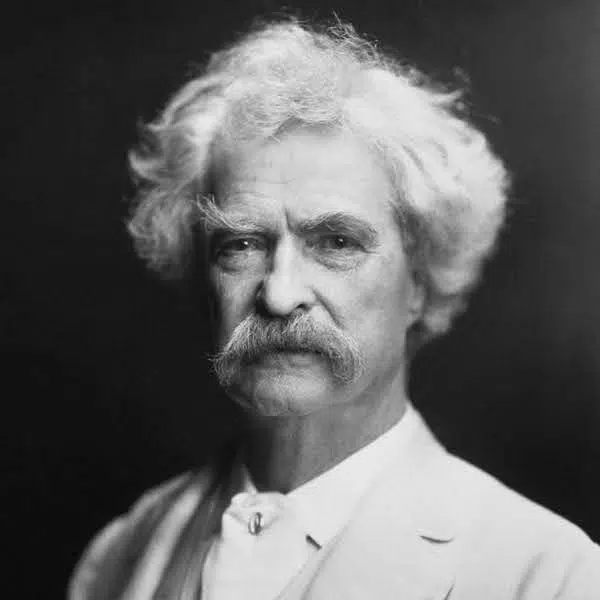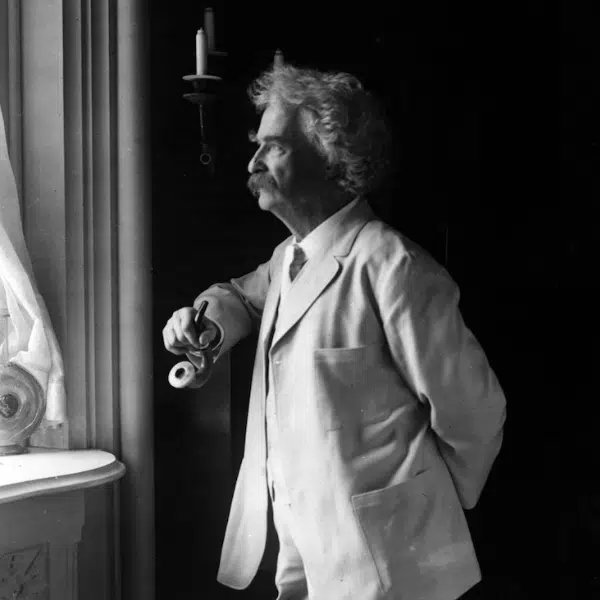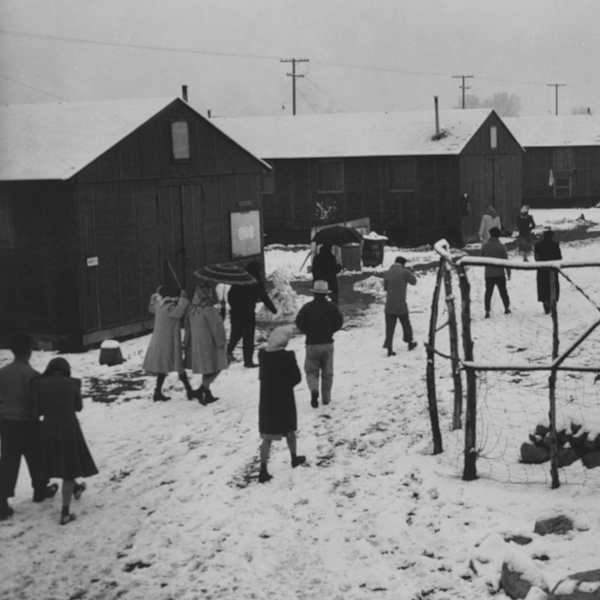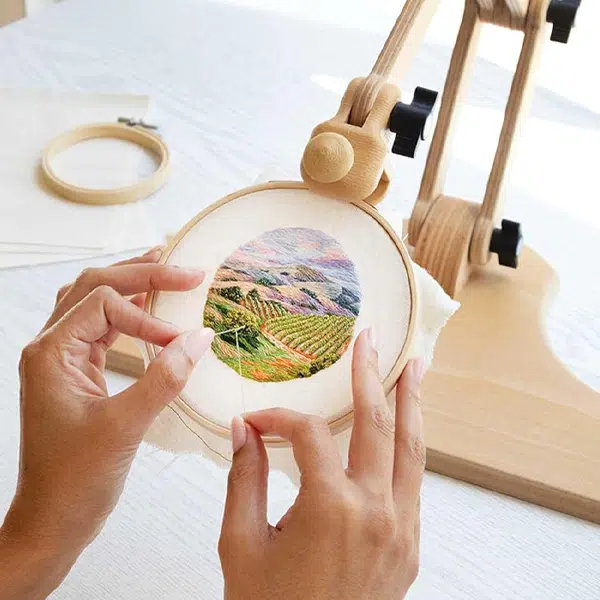
Bookwheel at the Biblioteca Palafoxiana in Mexico. (Photo: Luis Alvaz via Wikimedia Commons, CC BY-SA 4.0)
Many of us are guilty of having too many web browser tabs open. While this seems like an all-too-modern problem, the truth is that this issue is as old as the printed word. Centuries ago, academics had an alternative to juggling several tomes and propping them open all over a table. They used the bookwheel, a rotating device that allowed people to browse multiple books at once, allowing them to go from one text to the next without even having to stand up.
The design for the bookwheel is often attributed to Italian military engineer Agostino Ramelli, who in 1588 presented this idea as an illustration in Le diverse et artificiose machine del Capitano Agostino Ramelli (The various and ingenious machines of Captain Agostino Ramelli).
Others believe a similar device was conceived in China a thousand years before Ramelli's concept. The Italian inventor didn't really need one, as he was more preoccupied with displaying his math skills regarding the inner workings of the bookwheel. Still, his idea prompted other engineers to build their own.
The device was praised for its accessibility, as it made studying easier for people with conditions like gout. Its functions, however, were limited, as it didn't have the necessary support for other activities like writing. It worked similarly to a water wheel by using an epicyclic gearing arrangement, which is what kept the books in the right direction for the reader. On average, bookwheels hold six or seven tomes, but there are records of larger bookwheels that accommodated even more books.
Bookwheels were at their peak popularity in the 17th and 18th centuries when dozens of these devices were built around the world. While many have been sadly lost to time, 14 have survived under the care of libraries and academic institutions, most of them in Europe. The lone bookwheel known in the Americas today can be found in the Biblioteca Palafoxiana, in Puebla, a city two hours east of Mexico City and renowned as the first public library on the continent.
The cleverness of these devices has also inspired contemporary engineers to create their own bookwheels. Most notably, a group of engineering students at the Rochester Institute of Technology drew from Ramelli's concept to build two wheels using modern technology. For all the state-of-the-art prowess, each wheel ended up a towering 600-pound device.
If not exactly practical, the contemporary bookwheels have added a lot of charm to the libraries in the Rochester area that now house them. As Matt Nygren, one of the students, tells Atlas Obscura, “It’s certainly an eye-catching thing, and one of the fanciest ways I can think of for storing books.”
The bookwheel is a rotating device that allows people to browse multiple books at once.

A bookwheel at the Jagiellonian University Museum (Collegium Maius) in Kraków, Poland.(Photo: Bassschlüssel via Wikimedia Commons, CC BY-SA 4.0)
The design for the bookwheel is attributed to Italian military engineer Agostino Ramelli in the 16th century.

Nicolas Grollier de Serviere's Reading Wheel. Illustration from Recueil d'Ouvrages Curieux de Mathematique et de Mecanique, ou Description du Cabinet de Monsieur Grollier de Serviere, 1719. (Photo: Gaspard Grollier de Serviere via Wikimedia Commons, Public domain)
The idea was presented as an illustration in Le diverse et artificiose machine del Capitano Agostino Ramelli.

Figure CLXXXVIII in ‘Le diverse et artificiose machine del Capitano Agostino Ramelli,' an illustration of a bookwheel. (Photo: Agostino Ramelli de Serviere via Wikimedia Commons, Public domain)
On average, bookwheels held six or seven tomes, but there are records of larger bookwheels holding even more books.

Book wheel made of oak, built for Duke August after 1625. (Photo: Kerstin Namuth via Wikimedia Commons, CC BY-SA 4.0)
While many bookwheels have been lost to time, 14 of these devices have survived under the care of libraries and academic institutions.

Bookwheel at the Biblioteca Palafoxiana in Mexico. (Photo: PaulAsimov via Wikimedia Commons, CC BY-SA 4.0)
Sources: How Students Built a 16th-Century Engineer’s Book-Reading Machine; Ramelli's Machines: Original drawings of the 16th century machines; A Revolving Bookcase by Agostino Ramelli; The Ramellian Bookwheel; Rueda de consulta en la bilbioteca Palafoxiana
Related Articles:
Discover the Popular Textbook That Helped Benjamin Franklin Pass Math
Illustrator Creates “Book of Books” With 40 Miniatures of Classic Novels
Bookshop.org Launches Revolutionary E-Book Platform for Independent and Local Bookstores
Bookish Intern Creates an Insightful Display Featuring the Oldest Books in His Library

